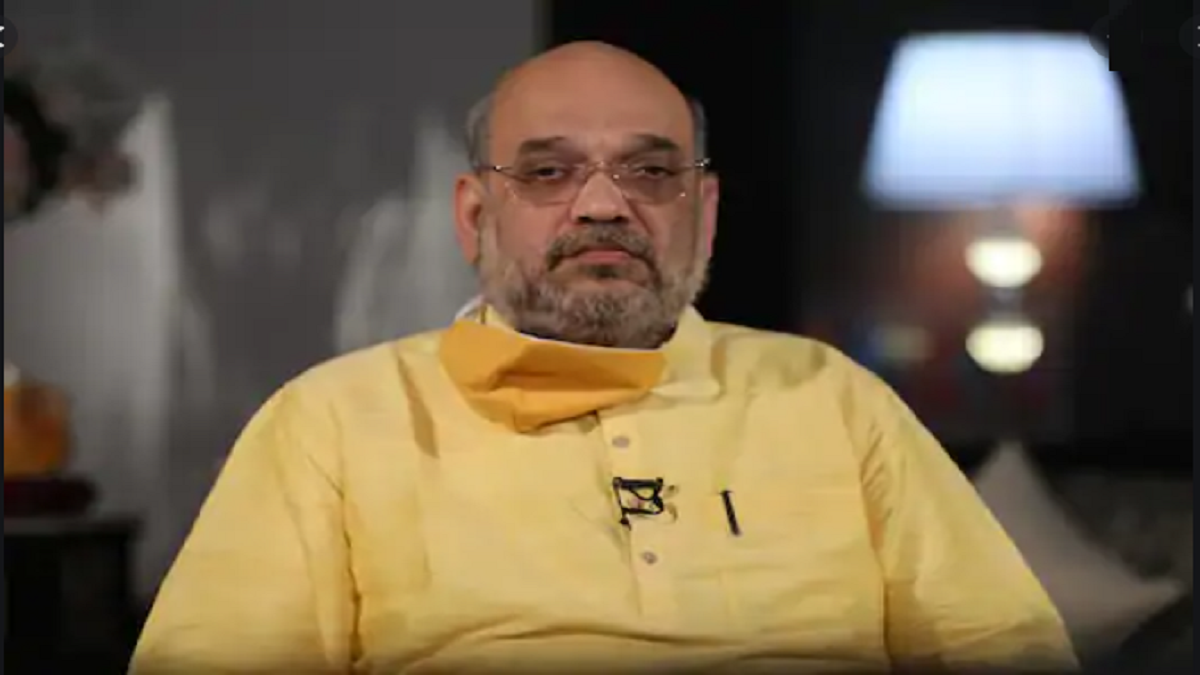


In politics, positions are important. After all, the entire game is a ‘kissa kursi ka’ (it’s all about the chair). And thereby while the Number One post is all-important, the second most important post has its own positioning and value. For starters, it makes the incumbent in line to be heir apparent, or at least be counted as a contender, should there be a vacancy. Hence, most of the fights within a party or political setup are not just about the Number One post, but also the Number Two position.
In government, it is usually the Home Minister who is seen as the de facto Number Two. This was from during the times of Nehru and Sardar Patel. After Patel’s demise, Nehru had C Rajagopalachari, Govind Ballabh Pant, Kailash Nath Katju, Gulzari Lal Nanda, and Lal Bahadur Shashtri as home ministers. Two of these went on to become Prime Ministers while one Rajagopalachari resigned over differences with Nehru. When Sonia Gandhi nominated Manmohan Singh as Prime Minister, all the heavyweights who were eyeing the PM’s chair then vied for the home ministry, from Arjun Singh to Pranab Mukherjee to P Chidambaram. Sonia first gave the post to another loyalist Shivraj Patil and it was only when he messed up that she brought in Chidambaram. However, because of his seniority, she could not deny Pranab his due and when the PM was out of the country or in hospital it was Pranab (as finance minister) who acted as the Number Two. As recently as Vajpayee’s prime ministership his number two in government was LK Advani who was not only Home Minister but also went on to become deputy prime minister. There was also constant friction between Vajpayee’s PMO and Advani’s Home Ministry but that’s another story.
Currently, it is Amit Shah who is the Home Minister and thereby the de facto Number Two within the Modi government. That Modi gave this post to Shah and not to Rajnath Singh, Nitin Gadkari or any other party senior is telling for this sends a message that from all his cabinet colleagues the one he trusts the most is his old colleague and friend from Gujarat— Amit Shah. In fact, whatever post he holds, there is little doubt that in a Modi government it is Shah whose voice will hold the most gravitas (next to the PM of course). Another reason for this is that unlike Vajpayee and Advani or Manmohan and Pranab, there is no misunderstanding or jostling for power between Modi and Shah. The line of hierarchy is very clear. In fact, most times when Shah speaks it is understood that he is delivering the message of the Prime Minister. And sometimes, Shah gets to be the bad guy when he is delivering a message the PM wants out but does not want to be the face of. This has given Shah the rather stern image of being the disciplinarian. He recently joked about when he commented in the Rajya Sabha, “I never scold anyone. Meri aawaz zara oonchi hai (my voice is slightly high-pitched). It is my manufacturing defect. I don’t get angry. I speak louder, which may look rude to people. But I don’t get angry unless there’s a question related to Kashmir.”
Jokes apart, one should not lose sight of the larger message, that in this government Number Two is in sync with Number One. And if the latter is delivering a reprimand he is merely conveying the former’s displeasure.